The Bombardon & Tug………. of Mulberry’s & Men
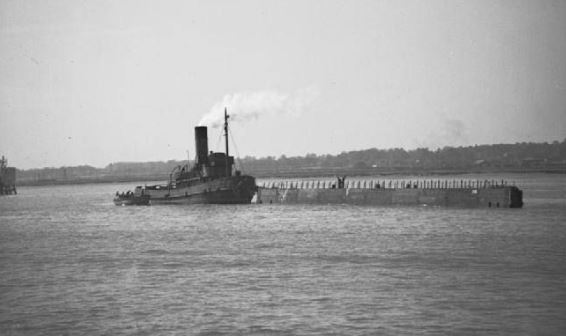
This is a dive I have taken several times and one that holds a personal family investment of a scale I can only reflect on, the dives carried out on the wreckage of two of, perhaps, the second world war’s most pivotal, if unsung historical pieces. Lying in 16m of sheltered sea at the base of the harbour wall, the Bombardon & Tug are a tangible link between my step-father, Vic Marley, and I on many levels, but more of that later……… Some of you will have read the opening lines of this dive in the “Training” section of this blog, a smaller and only partial telling of the bigger picture as I hope will become evident as we progress this piece, and look a little closer at the sea bed in Portland harbour and, perhaps it’s most important but little celebrated wreck site

Anyone who has dived from the Breakwater shore or the Aqua-Sport Hotel will be very familiar with the Caissons floating just off the Left side of the beach and a couple of hundred yards out from the Aqua-Sport Pier. These would be hard to miss no matter how poor the weather may be, standing some 10m from the water a feature of the harbour for as long as I have been diving Portland. Set in the harbour since April or May of 1944 and expected to be part of “Operation Neptune”, the Allied code-name for the D Day invasion of France that took place 06th June of 1944, the equipment required for the re-taking of Europe from the Nazis had to be in place in Normandy to supply the beachhead for that invasion to be effective Somehow the Caissons at Portland were left behind, I have no idea why, perhaps they were late into the operation and everyone had already deployed, perhaps they were “surplus to requirement” (unlikely), or maybe their “ride” across the Channel didn’t make it to Portland to tow them….who knows (and I’d love to update this piece if anyone can enlighten me?) but what they have become, in glorious isolation, is an iconic reference to an operation of staggering audacity and one that ultimately set Europe free, a visual and physical reminder of the largest seaborne invasion in human history! I suppose the Caissons themselves need some explanation too, they are clearly huge, visibly made of concrete or some such material at first glance, making it difficult to imagine exactly “what” their purpose or function might be…….When I called Operation Neptune one of “Staggering Audacity” I meant it quite literally, the ingenuity of those who planned a massive and violently opposed beach landing knew the success or failure of the enterprise pivoted on the ability to sustain, and therefore re-supply, those fighting through the beachhead and into the heartlands of Normandy and on into Germany itself

The story I have always heard in regards to the sinking of the Bombardon and “Tug” is that the tug was towing the unit in the harbour during a storm and the bombardon floundered, perhaps due to a leak or just instability, and that she dragged the tug down with her. I have tried over the years to verify that story and, despite the “power of the Internet” have yet to confirm any part of it. The lie of the two vessels isn’t definitive, although if the Bombardon did drag the tug down then I would have expected them to remain in line with each other, clearly not the case when you get down there as the Tug is lying with the Bombardon close alongside, the Tug facing towards the centre of the Bombardon
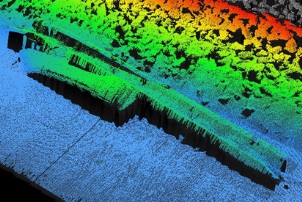
Of course that doesn’t categorically say the sinking was not the result of the Bombardon dragging the Tug down with her, it just is somewhat at odds with the lie of the wreckage. Then there is the “Tug”, since the diving I did on the units there has been speculation that the craft alongside and almost under the Bombardon is more likely a “Vic Lighter”, a variation of a Clyde “Puffer” commissioned or requisitioned by the Navy for harbour duty during the latter stages of the war. It is true, both “regular” Tugs and Vic Lighters were likely to tow Bombardon units, those who have posed the VIC as more likely have had a far better look around the vessel than I managed over my dives, and the sonar scan would certainly point towards the hull shape of the typical Clyde Puffer, or “VIC”, the Navy abbreviation for “Victualing Inshore Craft”!
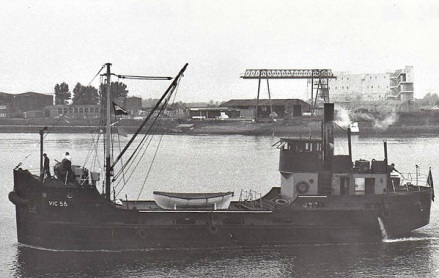
I have dived the Bombardon and Tug several times over the years and always found it fascinating, and somewhat confusing, I have never quite shaken off the belief there is a “whale” down there along with the Bombardon. It might be that my memory fails me but the belief persists as between the tug itself and the Bombardon unit the metalwork seems too “open” and “latticed” to me to just represent the Bombardon alone…..but it is a very long time since I dived Portland and the Bombardon, and, at that time I had no real appreciation of what actually comprised the “Mulberry” harbours, my dive log records: “…The Bombardon & Tug Nitrox IANTD Inst Cse Drills in zero viz (kicked silt) Then around the wreck for a look, she tipped the Bombardon over & towed the tug down which rests on its side with ½ in silt, great swim up between the two of them, Atmospheric & would have liked more time to ferret about but it was great to hang on 5 min deco above the barge & see the outline disappearing in the murk.” That dive was on the 03rd May of 1997 and my buddy was Don Shirley along with an IANTD Nitrox student of Don’s called James
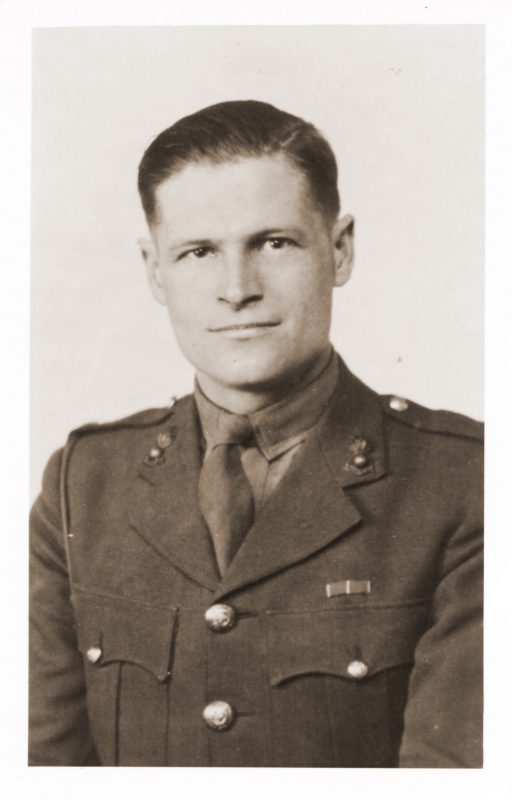
The next dive I took on the Bombardon would be over two years later in September of ’99 off Budgie Burgess’s Maverick, with a buddy and great friend of mine Mark Hill, one of the early divers of FSAC detailed in another section of these ramblings! That dive was recorded as: “….Bombardon & Tug, Refreshing to get on one I’ve only “skimmed” before. The unit has holes in along its side and shelters Bass among other life (Wrasse etc) Large Bass on the odd glimpse we got plus a large shoal of Pollack. The Tug lies next to the unit and would warrant more time than we had to look round properly – next time!” Neither of those dives was sufficient to be honest, I need to go back and take another dive at some time. Unresolved in my mind is still the Bombardon structure, I now know the full structural make-up of the Bombardon unit and it is so frustrating to have a picture, residual in my mind, that says there was a distinctly different shape and structure between the tug and the Bombardon itself, I just can’t “categorically” coalesce that into the reality of a “Whale”…….I just know the Bombardon did not have the significantly “open” appearance of the lattice effect of the whale units, even after so long underwater, but that is what I distinctly recall on the dives…..perhaps it really will be “next time”!
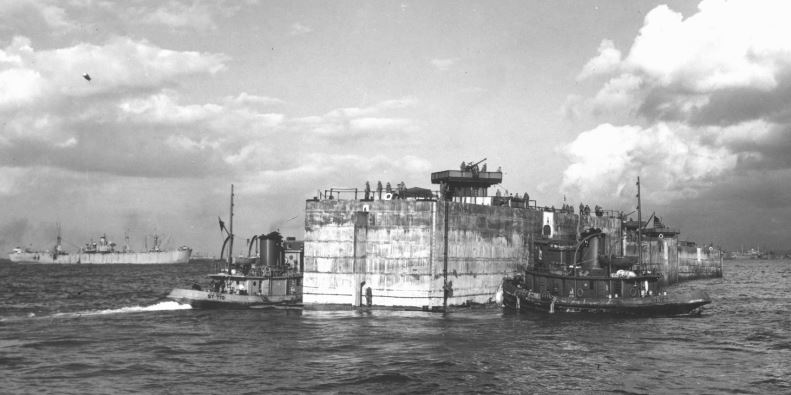
June 06th 1944, all the French ports were heavily defended and well garrisoned with German troops. Rommel, the German Afrika Corps Field Marshall of Tobruk and El-Alamein fame, the decorated “Desert Fox”, had been placed in charge of Germany’s “Atlantic Wall”, the defences placed coastally and stretching from Norway almost to Spain, designed to throw any assault back into the sea, and, whilst he was quite late to that endeavour, he took the task very seriously indeed. The obvious points of approach were heavily defended with combinations of anti-landing steel-work, mines, heavy artillery and inter-sectional fields of fire covered by multiple machine gun and infantry positions, considered practically impregnable to all intents and purposes…..at least that was the impression
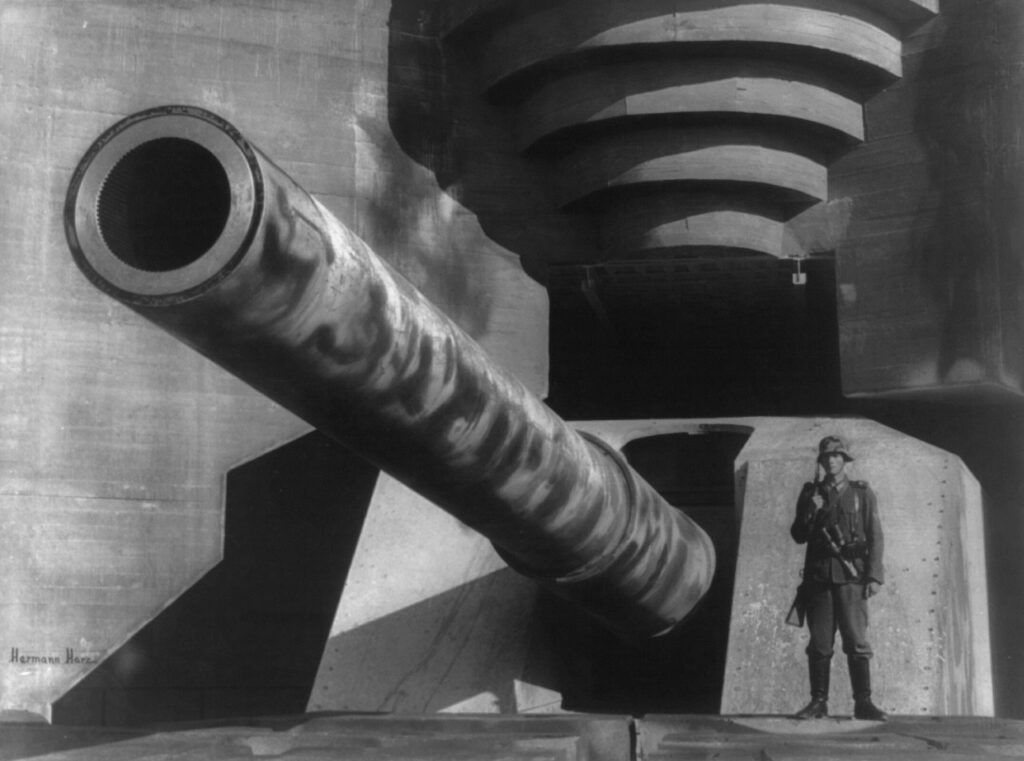
The problem was clear from very early on, and was articulated by Winston Churchill himself in a memo, referred to as the “Mulberry Minute” contained in, or following his memo “Piers for the use on Beaches” of the 30th May 1942, which also adequately reveals the 2 years of preparation that went into the final operation: “….They must float up and down with the tide……..the anchor problem must be mastered. Let me have the best solution worked out. Don’t argue the matter. The difficulties will argue for themselves…..” (Wikipedia: In “Allan Beckett, The Mulberry Minute” Online. Accessed 14/10/2020)
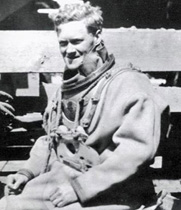
Hugh Lorys Hughes 16/04/1902 to 16/07/1977 (Web Photo)
That was only part of the problem, but probably the most important, along with the fact the beaches in question had shallow gradients, necessitating long roadways between sufficient depth of sea to dock supply and troop ships, and the sand of the beach. Churchill knew from bitter experience at Gallipoli (see the “Best Dives” section of this blog) that beach landings were monumentally difficult to prosecute and sustain, without sufficient docking facilities for the attacking forces, he had himself submitted a plan to take the islands of Borkum & Sylt (offshore of Holland and Denmark) using caissons sunk and filled with sand during the first world war in 1917, to effect re-supply and troop landings, although that was never undertaken at the time. It would take another 25 years, a second global conflict, and the problems of Normandy landings to bring a similar, ingenious design to the forefront, almost overlooked for a second time, a Welsh civil engineer named Hugh Lorys Hughes submitted a design for the use of floating, sinkable “Caissons” as part of a jetty to the war office. If it hadn’t been for his brother, Alain, a commander in the naval reserve, who championed the design to the war office, the Mulberry system may never have been initiated
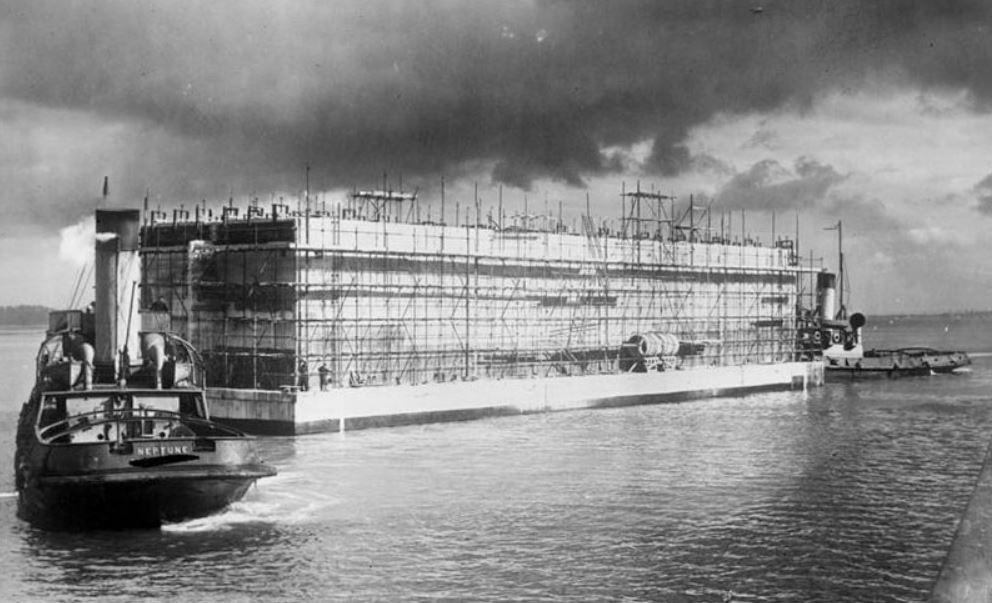
So we have the Allies preparing for the invasion of France, the Germans defending some 2400 miles of coastline, and engineers designing the means to deliver a sustainable military operation on a scale never seen before, from the sea to the beach, a gathering storm the like of which the defending German army could only imagine, a storm Erwin Rommel had imagined in very real detail, and was determined to stop in its tracks, on the beach, before the attacking troops could even escape the beach
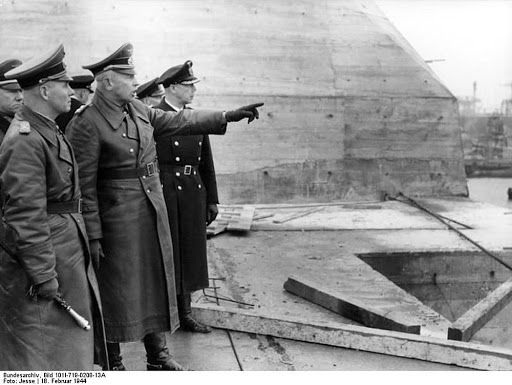
(Web Photo: Deutsche Bundesarchiv)
Johannes Erwin Eugen Rommel was one of Germany’s best, not just a soldier of both wars, Rommel was a published military strategist (Oberstleutnant Rommel: “Infanterie Grieft An” Published 1936, (Written when Rommel was a Lieutenant Colonel, roughly translated as “Infantry Attacks”)) Rommel’s personal belief was that the Atlantic wall was just a fantasy, and that Hitler had conjured it out of “cloud cuckoo land”. Rommel had watched in 1940 as the German army simply by-passed the French Maginot line, another massive static defensive “wall” built to prevent Germany invading France, modern asymmetric warfare or “Blitzkrieg” had made such emplacements a thing of the past, a dinosaur, Rommel knew the Atlantic wall would fall, but his job was to defend the beaches and he set out to do so
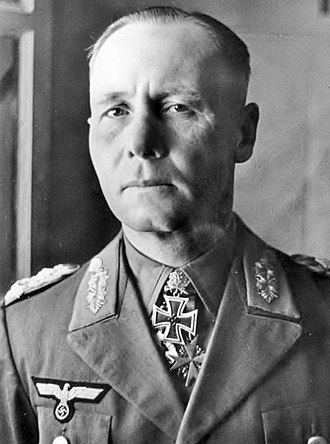
Rommel knew “first-hand” how to prosecute a military attack, and therefore how to defend against one too. Rommel knew his best defence over the 2000 miles plus of the Atlantic Wall, an almost impossible task, was to win the beach, essentially pin down and destroy the attacker as they tried to cross the open beachhead. The guns placed to defend the beaches of Normandy were sited to fire across the beach…….. not directly out to sea, that meant fewer troops would be needed to man fewer defensive weapons, as any fire from the guns would cover the beach out to the effective range of the weapon itself. Rommel set out to destroy any ships attempting to land troops, to do so he had stakes driven into the beach topped with mines, any ship using high tide to get in close to shore would not see the stakes, they were laid deliberately to be under the surface towards the high water mark
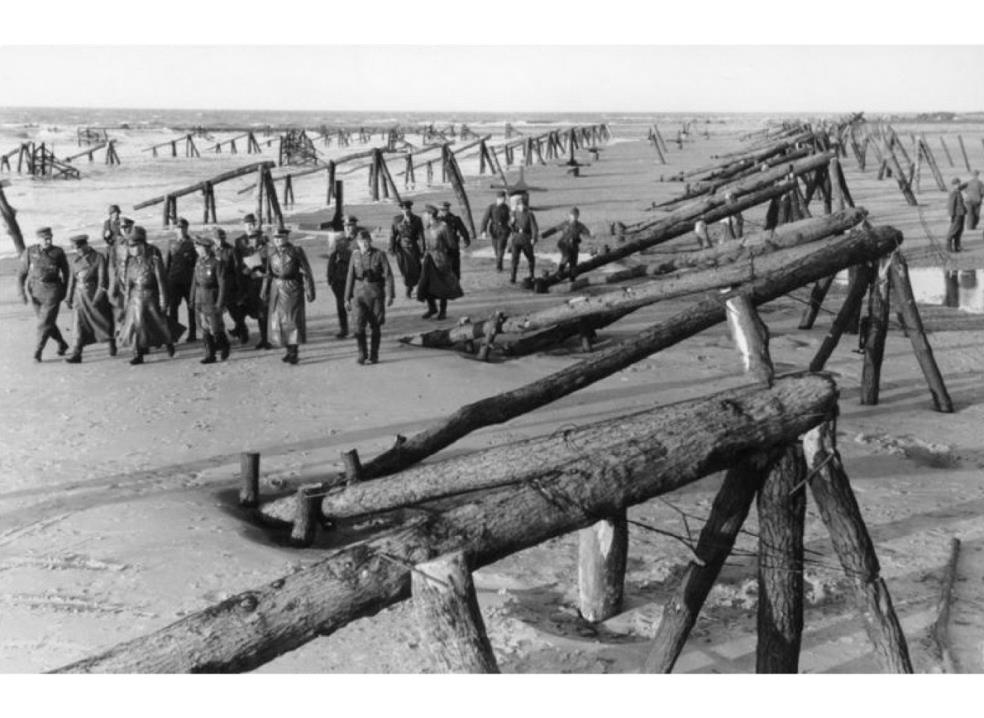
(Web Photo: Deutsche Bundesarchiv)
So the scene is set, the German defences in place and all that remains is planning the Allied assault…… I have already said that Operation Neptune was a staggeringly audacious plan, to assault Normandy Beaches at low tide, (bringing everything necessary to deliver massive military force in a sustained attack), across twenty odd miles of English Channel, to arrive in broad daylight in June of 1944, relied on two years of planning and a year of practice. When it came down to the time to risk everything for real, it all came down to a gamble on a weather window predicted with spectacular accuracy by the meteorologist (Group Captain) James Stagg, who, despite conflicting reports, advised the American General Dwight Eisenhower to delay through the 4th and 5th of June due to cloud cover and high seas. Stagg was under extreme pressure to get things right, tens of thousands of lives depended on it, Stagg predicted a lull in the weather on the 6th of June and advised Eisenhower it was the only opportunity…….Stagg was right, the 6th of June 1944, although marginal in terms of conditions, offered reasonably clear skies for air cover and choppy, but manageable seas on the French side of the channel

(Web Photo Courtesy of: www.thinkdefence.co.uk )
So how was all this to be put together and what were the pieces of the “whole” puzzle? Well, the battlefield looked exactly like this from the air:
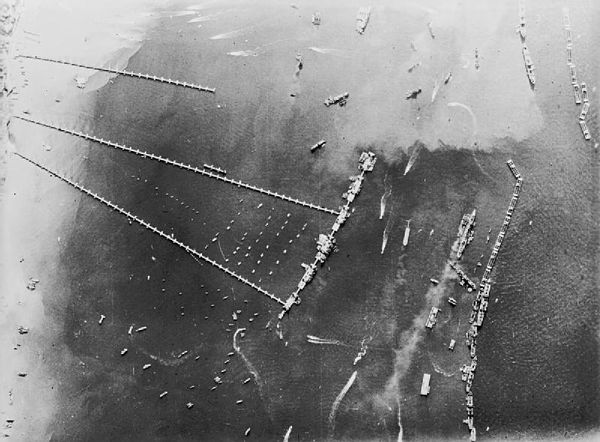
(Web Photo Courtesy of: www.thinkdefence.co.uk)
The breakdown of constituent parts into “systems” gives us the outer defences against the sea,
The Bombardons:

A line of floating units linked together to take energy from the incoming tide and achieve this by dispersing the waves as they impacted the outer line of Bombardon “+”’s floating at the limits of the landing areas, the Three arms of the + invisible as the main of an iceberg is, the uppermost arm of the “+” showing as a vertical barrier to incoming waves
Then there were the Mulberry (Phoenix) Caissons:
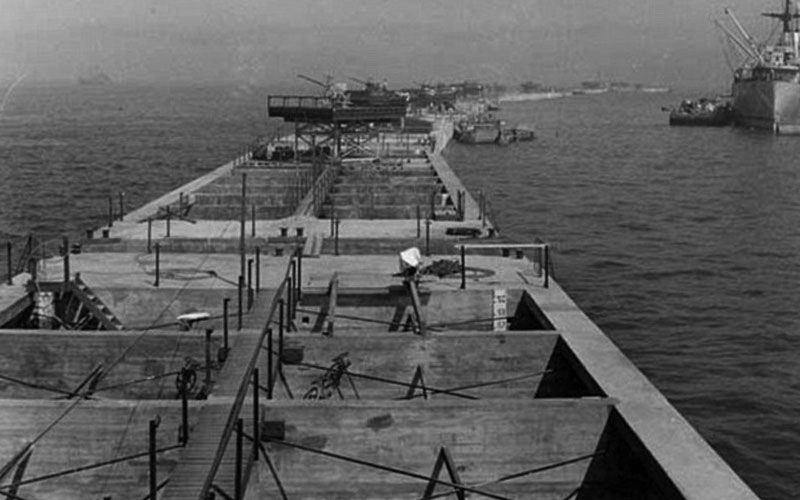
Another line of units, sunk in place to provide an outer harbour and dock where liberty ships and merchantmen could dock and unload equipment and ferry vehicles and stores, ammunition and men ashore
Then there were the Lobonitz Piers:
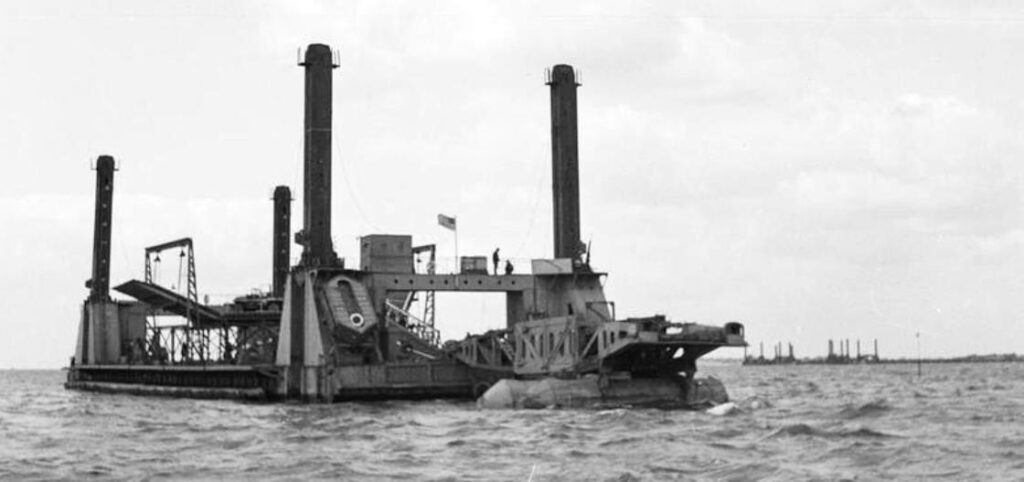
These ingenious pieces of the puzzle acted as floating pier supports allowing roadways to connect and to maintain safe passages at any state of the tide, rising and lowering on the pier pillars seen in the photo as the tide ebbed and flowed
Finally there were the roadways themselves:
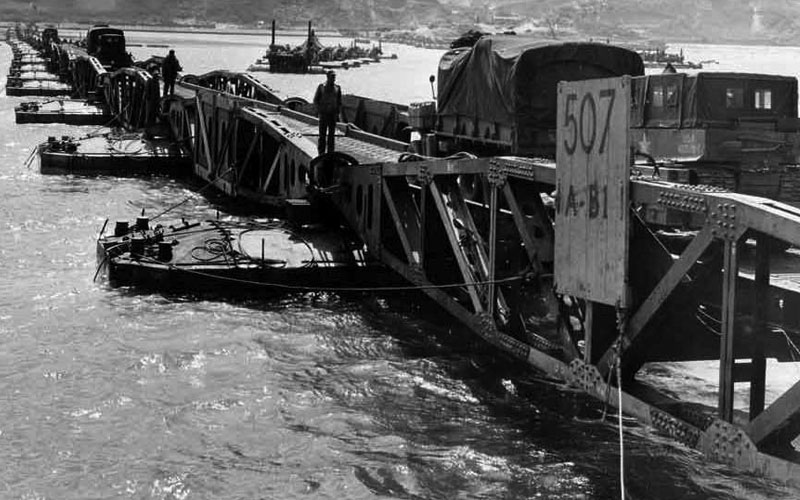
These were the floating “Beetles” anchored with Allan Beckett’s ingenious “Kite” anchors at each corner, holding them in place with greater “bite” than any other anchor type available weight for weight. Then there were the “Whales” at either side of the roadways, the skeletal framework holding the roadways together and sitting upon the Beetles in lengths up to a mile out to sea
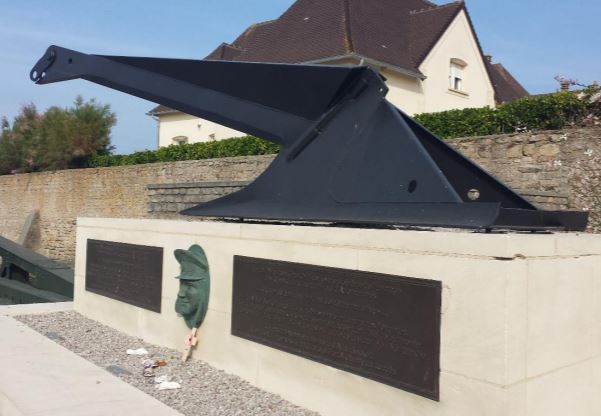
And so the systems finally come together and form the road to the freeing of Europe, very viscerally and literally built upon the bodies of those who gave their lives and their futures to secure a future for those they would and could never know…………

It should not be forgotten by any generation what awaited the young men assaulting those beaches, the defenders were well placed, well supplied and knew the Allies were coming…..they didn’t know exactly where…or when….but they knew they were coming, and that the only real way to stop them…….was on the beaches of Normandy
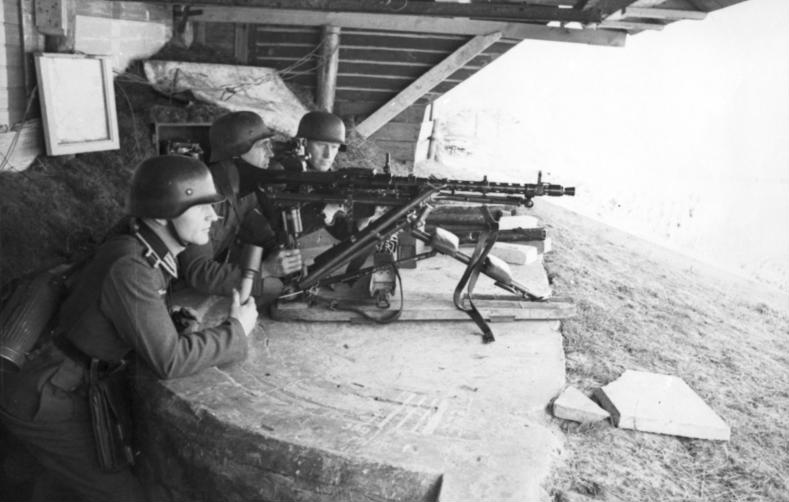
But before any of these technological marvels of their time could deploy, the beaches had to be secured, those golden stretches of sand covering some 50 or so miles of Normandy coast. And so disembarkation began, the first waves of troops aboard landing craft, ferried to shore having descended nets over the side of their transport ships, driven against an ebbing tide towards Gold, Sword, Juno, Utah and Omaha beaches, the code names given to Longues-sur-Mer (Gold), Saint Aubin-Sur-Mer (Sword), Courseulles-Sur-Mer (Juno), Pouppeville (Utah) and Sainte Honorine-Des-Pertes (Omaha), some more heavily defended than others, the American 1st Infantry landing at Omaha taking by far the worst casualty’s. It was wave upon wave of allied troops across these 5 beaches that secured sufficient hold to enable the deployment of the Mulberry harbours and the steady re-supply of those ashore facilitating the relentless push off the beaches and on….eventually to Berlin, D Day was a beginning….the beginning of the end of the Third Reich
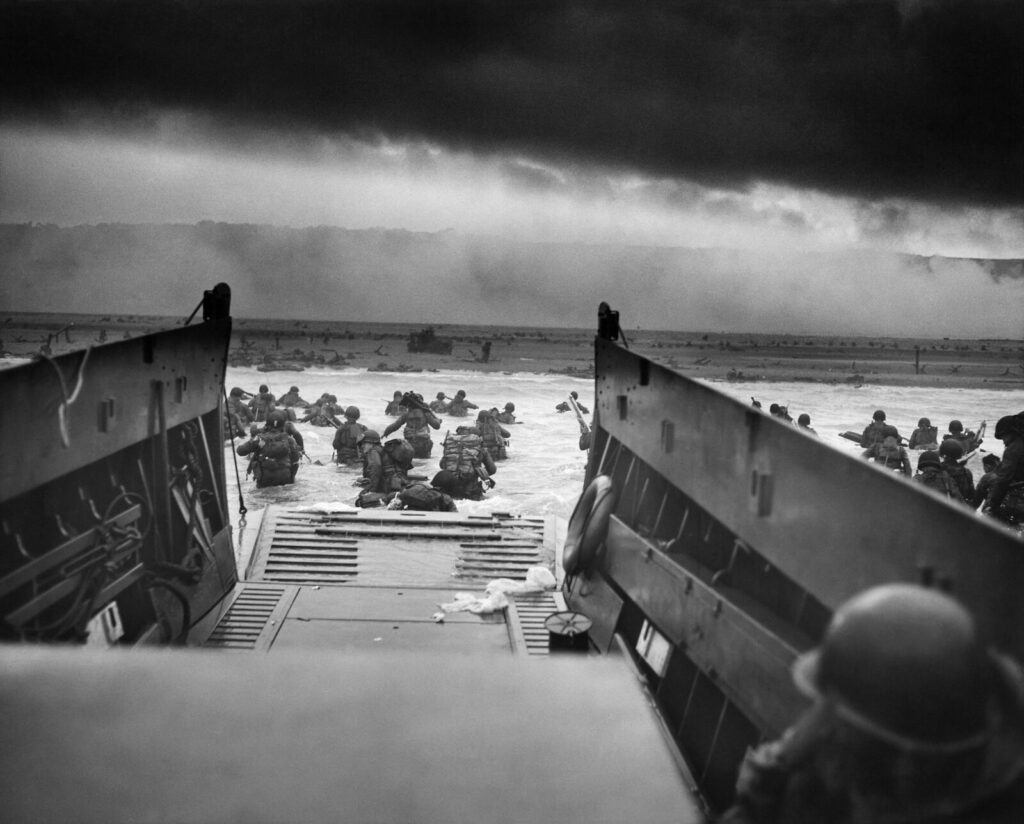
That “choppy but manageable sea state” had done nothing for my step father, a Royal Marine Commando of the Forward Artillery Observation detachment. Berthold Victor Marley (Vic to everyone then and after), had hated his early deployment in the Navy. Vic had been assigned to motor torpedo boats, fast craft designed by Vosper Thorneycroft and high powered, ideally suited to Channel patrols and picking up downed pilots and crew from fighters and bombers shot down by the Luftwaffe over the channel, or attacking Nazi shipping foolhardy enough to be close enough to England’s South coast to be chased down and torpedoed in hit and run manoeuvres……. But Vic was constantly sea-sick and his role as radio operator and signaller on the little craft was a constant nightmare, when Vic heard the Navy wanted volunteers for Commando training, and that meant no more MTB’s, he didn’t hesitate. I know something of the training for special forces and the Commando training was no cake walk, up to Scotland with long arduous marches carrying heavy kit in poor battledress was no joke I’m sure, but Vic passed the exercises and got badged up, I don’t know if that stirred something more in him, or if the training team saw some quality beyond the Green Beret earned in the glens and hills around Lochaber and Achnacarry camp, perhaps it was his skill with radio signalling, but it wasn’t long before Vic was assigned to Forward Artillery Observation, an elite amongst an elite…… part of 4th Special Service Brigade formed in March of 1944, specifically for the D Day invasion
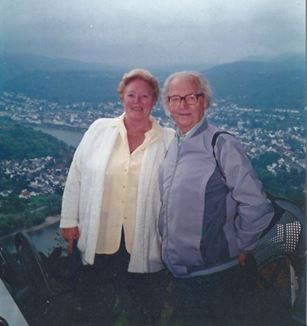
Vic didn’t speak of his D Day experiences so this is second hand and from my late mother’s conversations with Vic’s own mother and sister…… Vic had a lasting back injury which was treated by state of the art tech of the ‘70’s, a heat lamp, which gave some degree of relief of the pain from a broken piece of his spine, the result of his eventual extraction from the beaches of Normandy. It turns out Vic, at just 19 years old had parachuted into Normandy (Operation Tonga at Ranville we believe) before the landings, at night, with the assistance of free French resistance in the area, squirrelling himself away, along with colleagues from forward artillery observation, dropped a mile or two behind enemy lines off Sword Beach (in the general “Roger” area by Ouistreham) in order to call in the naval bombardment and radio in corrections to the navy gunfire trying to shatter any opposition to the beach landings
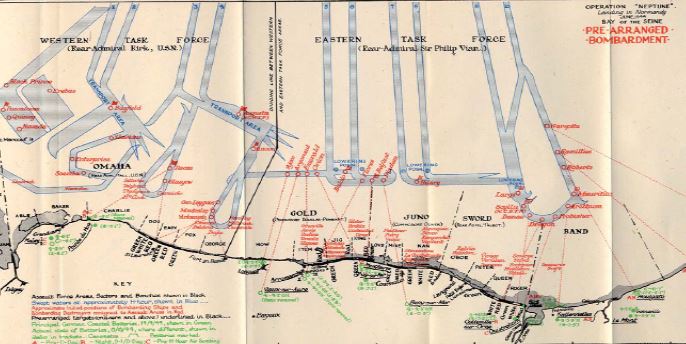
That part went well, a couple of days later, when the allies had overrun the positions, Vic had to break cover and identify himself to the friendly forces without getting himself shot, and then it was back to the beach to re-join the war effort in another theatre…. That’s where it went wrong, gaining a place on a ship returning injured troops to the UK, Vic’s ship was torpedoed, or perhaps struck a mine, his back was damaged in the explosion, and the ordeal of getting up three decks and out of a sinking ship put him in a body cast, when he eventually got pulled from the water by a fellow marine and found himself back in Southampton after waking in a hospital following surgery……. I believe it was almost a year in and out of various plaster body casts before Vic was discharged from the service, his war over, as indeed was the main of WWII by that time, just one story amongst hundreds of thousands of the day, but one that represents a couple of days in the lives of the men who won back the freedom of this country with courage, tenacity and personal sacrifice…….
Rest Well Sir, Thank you for your service! At the going down of the Sun….and in the morning

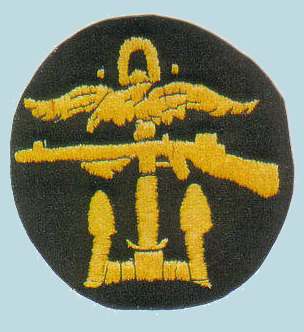
RIP
Lest We Forget…….
